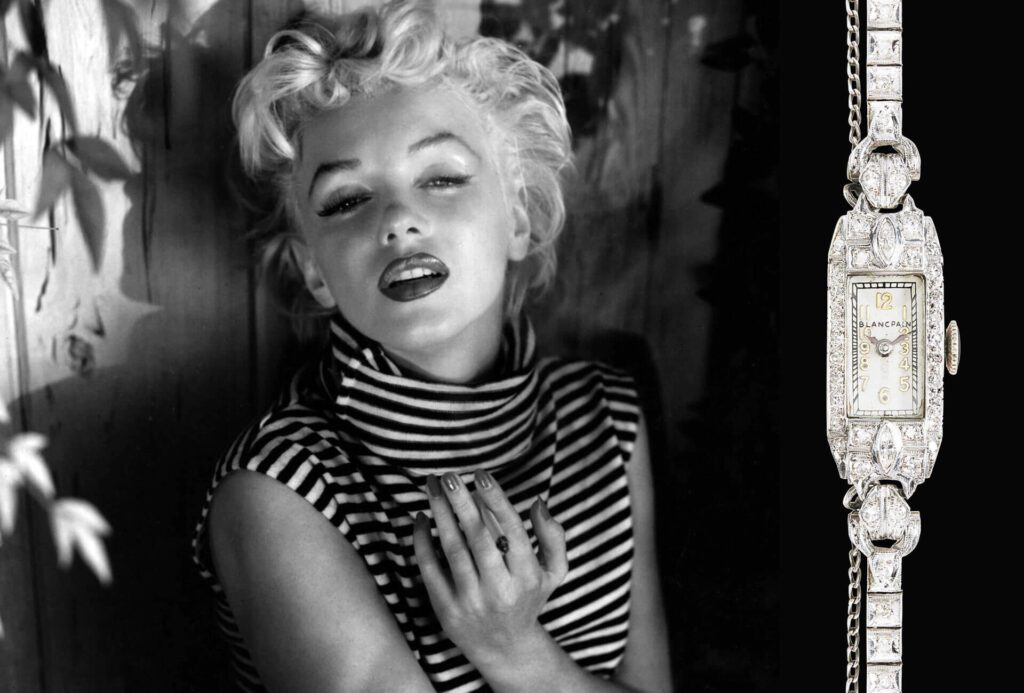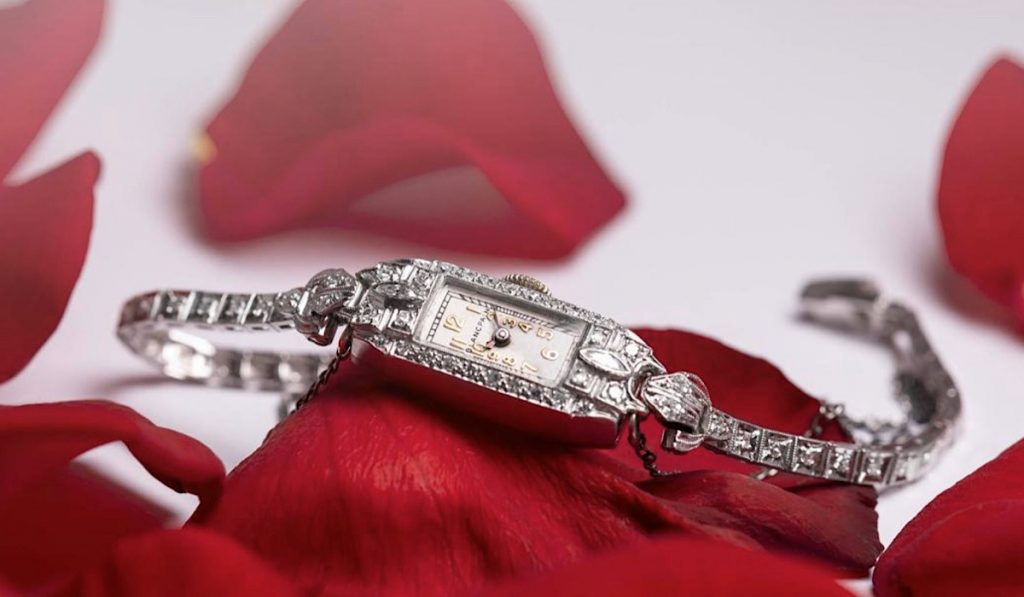Marilyn Monroe Watch Returns to Blancpain

Platinum-blonde bombshell and eleganza queen Marilyn Monroe heavily impacted American pop-cultural history. Named Norma Jeane Baker at birth, her celebrity put her through a varied array of experiences (even more than just a name change). Everything from the scandalous to the fabulous kept Monroe in the spotlight throughout her career. Dying young—at 36 years old—her iconic image has not aged out of the American consciousness. A truly timeless aspect of Monroe’s career was her love for jewelry. Diamonds were, at the very least, her best friend—and her Blancpain wristwatch was no exception. While originally a part of Monroe’s luxurious estate, this timepiece has traveled across decades of change and remained unphased. Harkening back to the Big Apple’s early Empire State exploits, it’s a piece for the ages. And as it turns out, late in 2019 Blancpain returned this wristwatch to its showroom for a limited time exhibition.
Watchmakers Prefer Platinum
Fifth Avenue in NYC was a fitting place for the exhibition of Monroe’s cocktail-style wristwatch. The name Timeless Elegance was even more appropriate for this horological highlight. From Oct. 31st-Nov. 23rd 2019 its beauty was on display for the first time in over 50 years. Blancpain themselves purchased the watch from the estate of Lee Strasberg (Monroe’s acting coach) in 2016. The watch is one of Blancpain’s own art-deco designs, created when that art style was still the bee’s knees. It sports a slim 1930s-appropriate case made with platinum, 71 round-cut diamonds, and two marquis-cut diamonds (she wasn’t lying about the diamonds). Blancpain’s name is inscribed on the white dial—which incorporates a lovely contrast of blue hands and yellow markers. What’s more, it has a 17 jewel mechanical FHF 59 movement—which is described on Blancpain’s own website as “tiny”. There’s nothing tiny about Monroe’s signature piece, to be sure. Its own watchmaker had to buy the watch back at $225,000. Monroe likely paid something equivalent to that, even back in the day. Platinum and diamonds in the build already stand out on their own—beyond the Monroe name itself.
Blancpain’s First Woman CEO

Where Marilyn Monroe was the second woman in American history to own her own production studio, Blancpain’s Betty Fiechter was the first woman CEO of their company. Though Martha Wittnauer was the first woman CEO in watchmaking history, Fiechter was a close follow-up. She was at the helm when Monroe’s wristwatch was designed—and made the ultimate call on whether or not it would go into production. Monroe was only a teenager when the watch released. However, it eventually made it to her hands (or should we say “wrist”). Then, after some time, came full-circle back to its original watchmaker. The movement of Monroe’s watch is stamped with “Rayville Watch Co.”. This was the legal name for the company after the Blancpain family handed control of their business to Fiechter and her business partner. Under the company name Rayville Watch Co., the Blancpain brand saw international flourishment—which has persisted beyond the 20th Century.
Married to a Millionaire
Marilyn Monroe may have the overall greater name recognition compared to Blancpain these days. Despite this, Blancpain has remained relevant in modern watchmaking—surviving even the quartz crisis of the 70s and 80s. Their design work is as timeless as Monroe’s beauty. Monroe/Blancpain is a collaboration that oozes the success stories born out of 20th Century New York City. Blancpain’s Betty Fiechter brought the brand to new heights with avant-garde women’s designs. Monroe utilized the architecture of her own form to solidify her celebrity in modern popular culture—like an ancient Grecian statue. Diamonds, platinum, and big city flair are a part of these avatars of style. Hopefully Blancpain decides to renew some of these 30s-era pieces in the future. If they do, we’ll very likely be covering them in the years to come.

